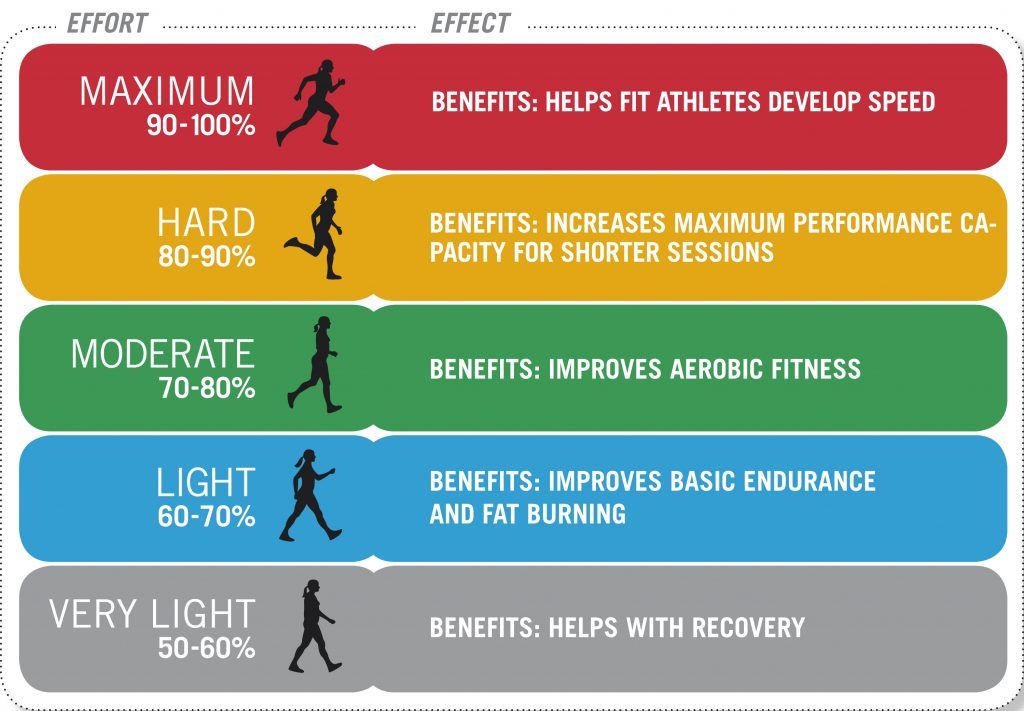Cardiovascular exercise is essential for overall health and fitness. Whether you’re a beginner or a seasoned athlete, understanding how to measure your heart rate can help you optimize your workouts and achieve maximum cardio benefits.
Understanding Heart Rate Zones
Before delving into how to measure your heart rate, it’s important to understand the concept of heart rate zones. These zones are based on a percentage of your maximum heart rate and can help you tailor your workouts for different fitness goals.
Here are the general heart rate zones:
Resting Heart Rate: This is the number of times your heart beats per minute when you are at rest. It typically ranges from 60-100 bpm for adults.
Warm-Up Zone: 50-60% of your maximum heart rate. This zone is great for beginners or for warming up before a workout.
Fat Burning Zone: 60-70% of your maximum heart rate. This zone is ideal for burning fat and improving endurance.
Aerobic Zone: 70-80% of your maximum heart rate. This zone is great for improving cardiovascular fitness and endurance.
Anaerobic Zone: 80-90% of your maximum heart rate. This zone is for intense workouts and improving speed and power.
Redline Zone: 90-100% of your maximum heart rate. This zone is for maximum effort and is typically used for short, high-intensity intervals.
Calculating Your Maximum Heart Rate
To determine your maximum heart rate, subtract your age from 220. For example, if you are 30 years old, your estimated maximum heart rate would be 190 bpm. Keep in mind that this is a rough estimate, and individual variations may occur.
Measuring Your Heart Rate
There are several ways to measure your heart rate during exercise:
Wearable Heart Rate Monitors: These devices can be worn on the wrist or chest and provide real-time heart rate data during workouts.
Pulse Oximeters: These small devices clip onto your fingertip to measure your heart rate and oxygen levels.
Smartphones and Fitness Apps: There are several apps available that use the phone’s camera to measure your heart rate through your fingertip.
Manually: You can also measure your heart rate manually by placing two fingers on your wrist or neck and counting the beats for 15 seconds, then multiplying by four.
Optimizing Your Cardio Workouts
Once you know your heart rate, you can use this information to optimize your cardio workouts:
Stay in the Target Zone: To maximize the benefits of your workout, aim to stay within your target heart rate zone for the majority of your session.
Listen to Your Body: Pay attention to how you feel during your workout. If you are struggling to maintain your target heart rate, you may need to adjust the intensity.
Vary Your Workouts: Mix up your workouts to include a variety of intensities and durations to challenge your cardiovascular system and prevent plateaus.
Monitor Your Progress: Keep track of your heart rate during workouts and adjust your routines as needed to continue seeing improvements in your fitness level.
Conclusion
Measuring your heart rate is a valuable tool for optimizing your cardio workouts and maximizing the benefits of exercise. By understanding your heart rate zones and monitoring your heart rate during workouts, you can tailor your training to achieve your fitness goals. Whether you’re a beginner looking to improve your endurance or an experienced athlete aiming for peak performance, knowing how to measure your heart rate can help you take your workouts to the next level.
